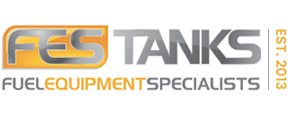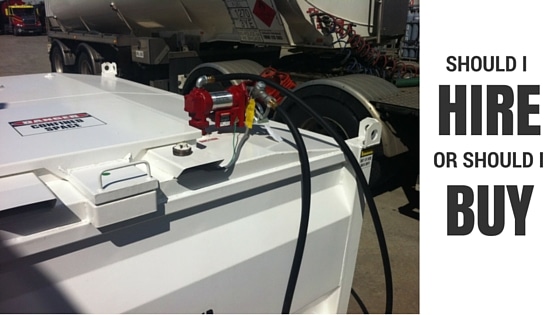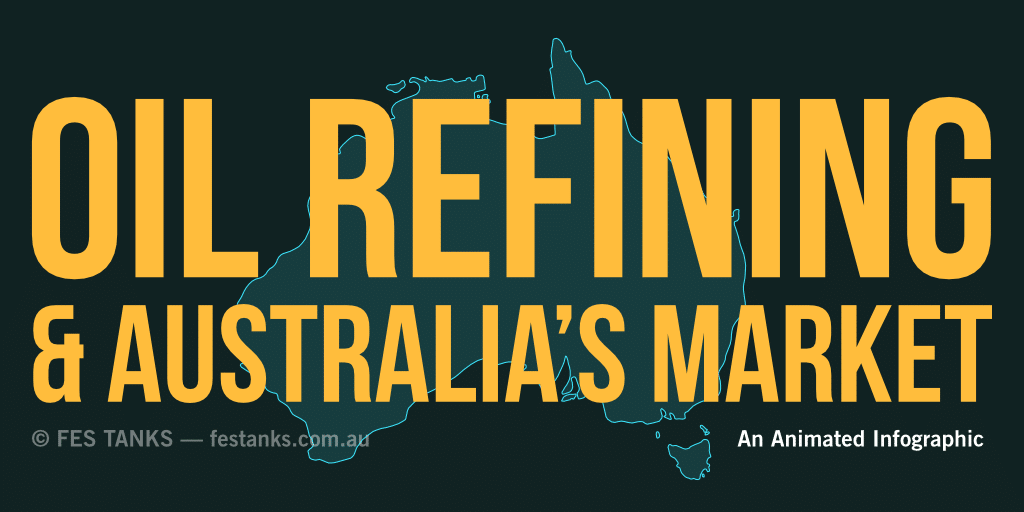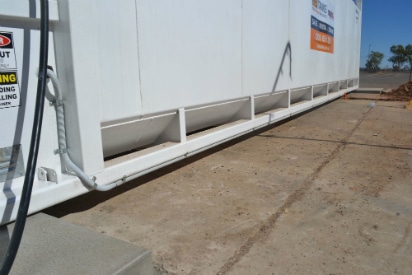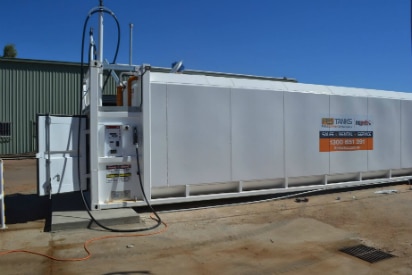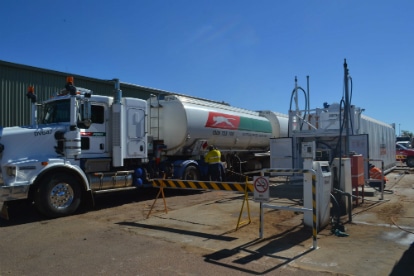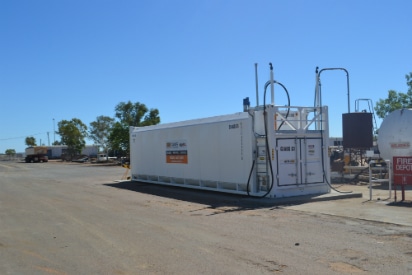Why You Should Consider Fuel Tank Hire & Leasing
In any expanding project or times of business growth, outlay and capital can be two major hurdles that often need to be overcome while meeting increased demands and need for infrastructure.
Whether its covering the cost of implementing these systems or buying new equipment, investment is often required. Hiring and leasing can provide a great alternative to traditional purchasing that allows you to adjust to these changes in demand while minimizing purchasing and maintenance costs.
Why hire fuel storage?
Hiring and leasing is a flexible option for fuel storage that allows you to reduce your outlay to a monthly payment. In fact the cost of the fuel tank hire can be factored into your ongoing fuel purchases so it can be indexed to a fixed price per litre.
Whether it’s a short-term solution to cover some immediate fuel storage demand, such as a tank failure, or a long-term way of supplementing existing infrastructure to handle issues like seasonal variance and peak-demand.
Hiring and leasing fuel storage is a way of ramping up your fuel supply when its necessary and adding additional equipment as needed.
You can always purchase when you have a clearer picture of your needs. We run through our top 5 benefits of hiring below.
Minimal Initial Outlay
Hire and lease agreements are a great way of providing the means to cover immediate demand needs without a high amount of initial investment or cash-flow. Also, our fuel management and storage systems can be upgraded and the size of your leased equipment changed as your business does.
This flexibility can be very useful for businesses that want to test the waters before making a purchasing decision as it allows you to test or trial a system, and see how it performs on-site.
[thrive_2step id=’3174′]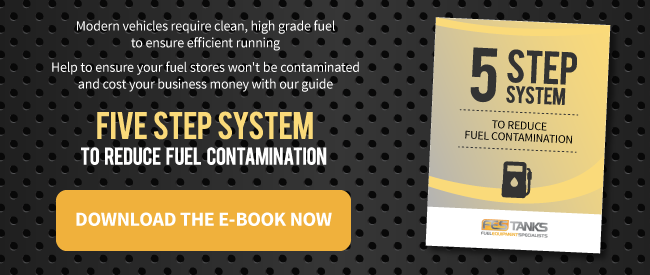
Easy Set-Up & Maintenance
Providing all the benefits of a self-bunded system, that is a tank within a tank, these systems have a minimal on-site footprint and require no major external construction for safety compliance. You can read about the benefits of self-bunded tank design here.
All tanks come with a certified maintenance document to ensure fully operational for immediate use on site.
Our tanks also provide many features for easy maintenance, such as dual-manways for inspection and cleaning, a protective anti-corrosion coating and are fully certified for compliance with all Australian safety standards and regulations.
Relocatable & Convenient
Set up of our self-bunded tanks is as easy as dropping them on-site.
Whether the project is accessed by land, sea or air – hire tanks can be a great way of providing immediate access to fuel in remote areas, off-site projects and any situation where a long-term fuel storage solution may not be financially viable.
Add-ons for Fuel Management & Security
F.E.S. TANKS have a full range of dispensing equipment that can give your hired fuel tank all the capabilities of a refuelling station, and our fuel management systems mean you can even monitor and measure metrics like fuel consumption to help with accounting and budgeting.
Dispensing equipment allows your fuel storage to act as a refuelling station – your fleet vehicles and equipment can be refuelled directly from your hired storage tank.
Worried about fuel theft and security of your hire tank? We can also provide security solutions for your hired tank, such as user-account access, that make fuel theft virtually impossible.
Free Consultancy
F.E.S. TANKS consultants have years of experience in both fuel supply and distribution – and it’s all available to our customers free of charge.
Regardless of whether the decision is made to rent or buy – we ensure that you get the right system for your needs, and are happy to provide quotes free of charge.
Not only do our staff help you stay on top of all the technical stuff, like current regulations and compliance issues for your equipment, but we can also help you figure out a combination of lease and purchasing that fits your needs perfectly.
